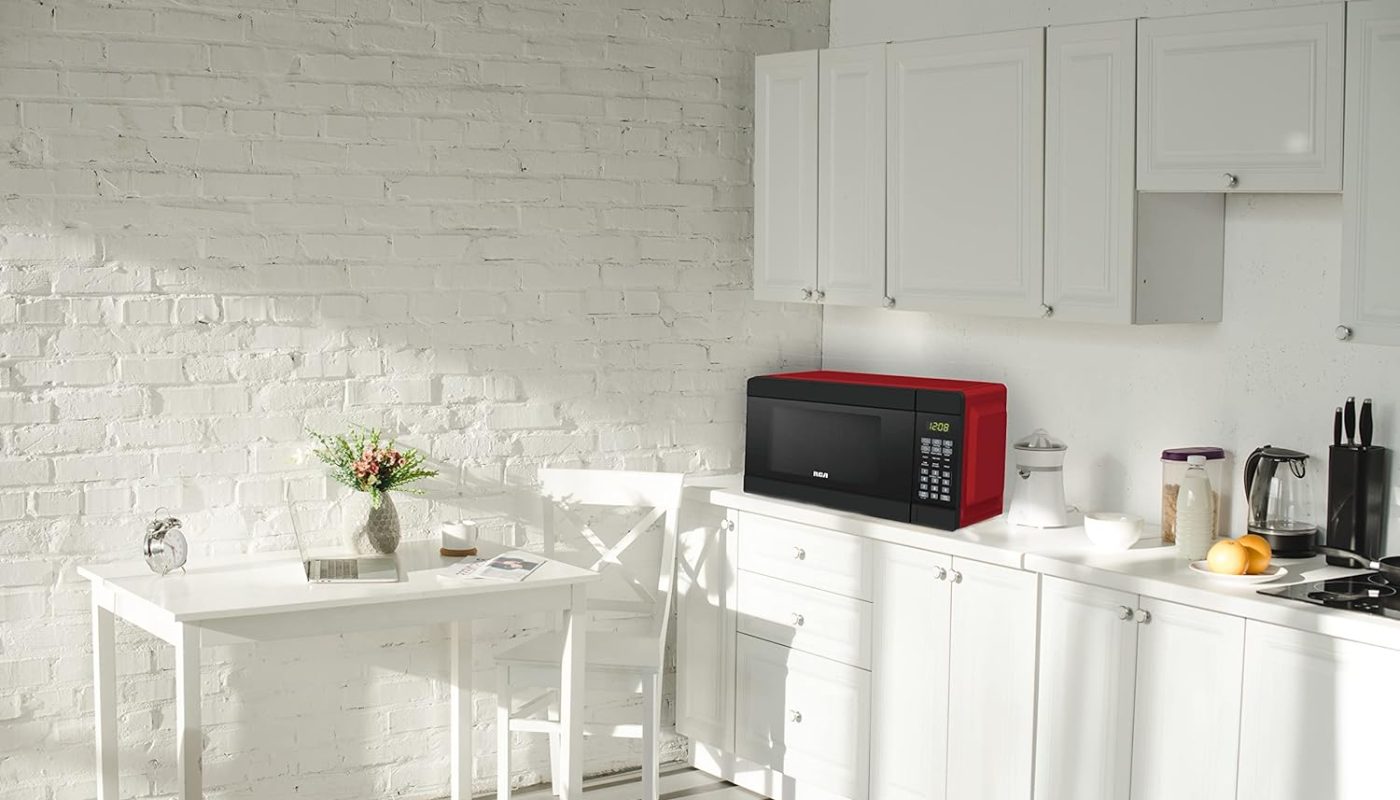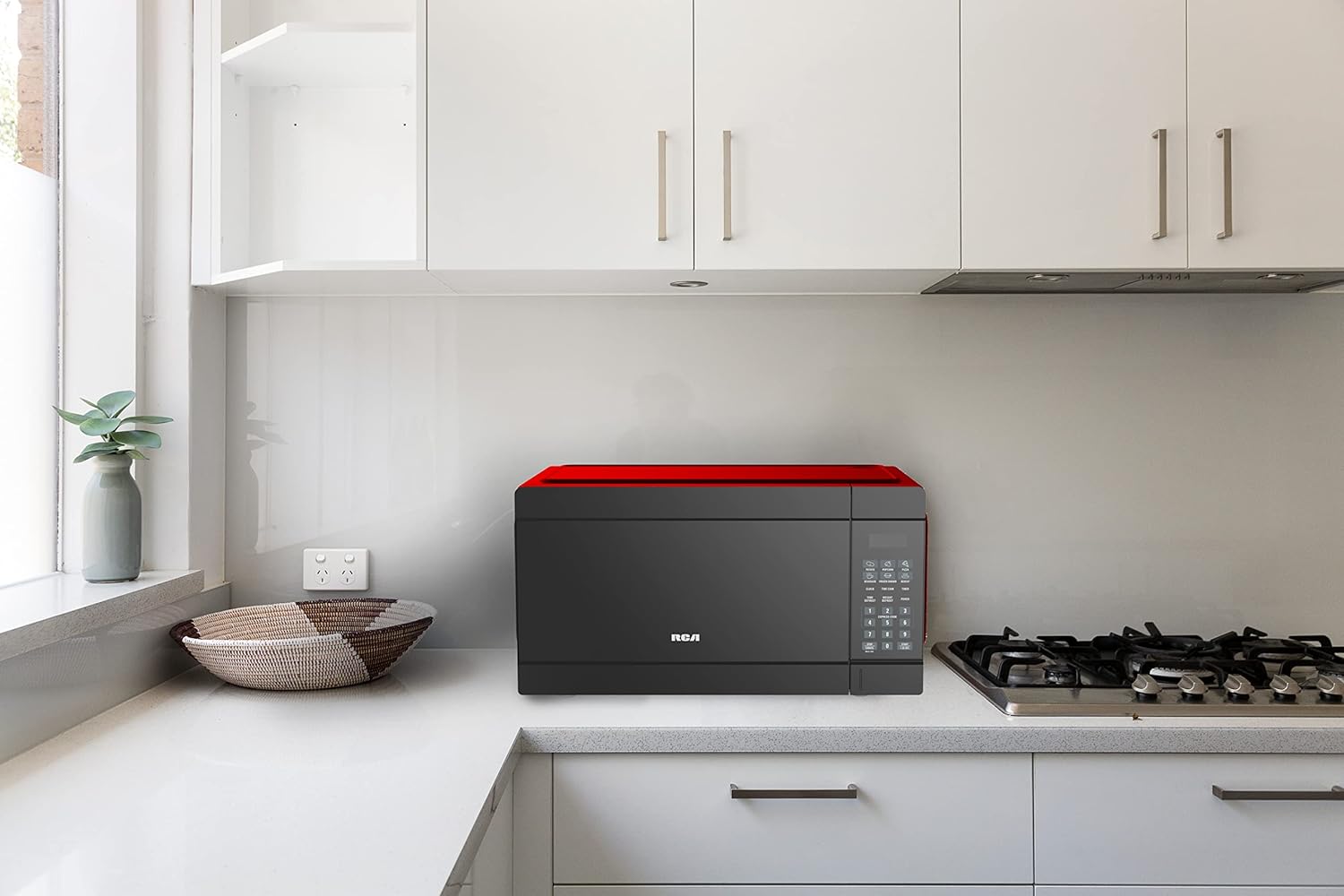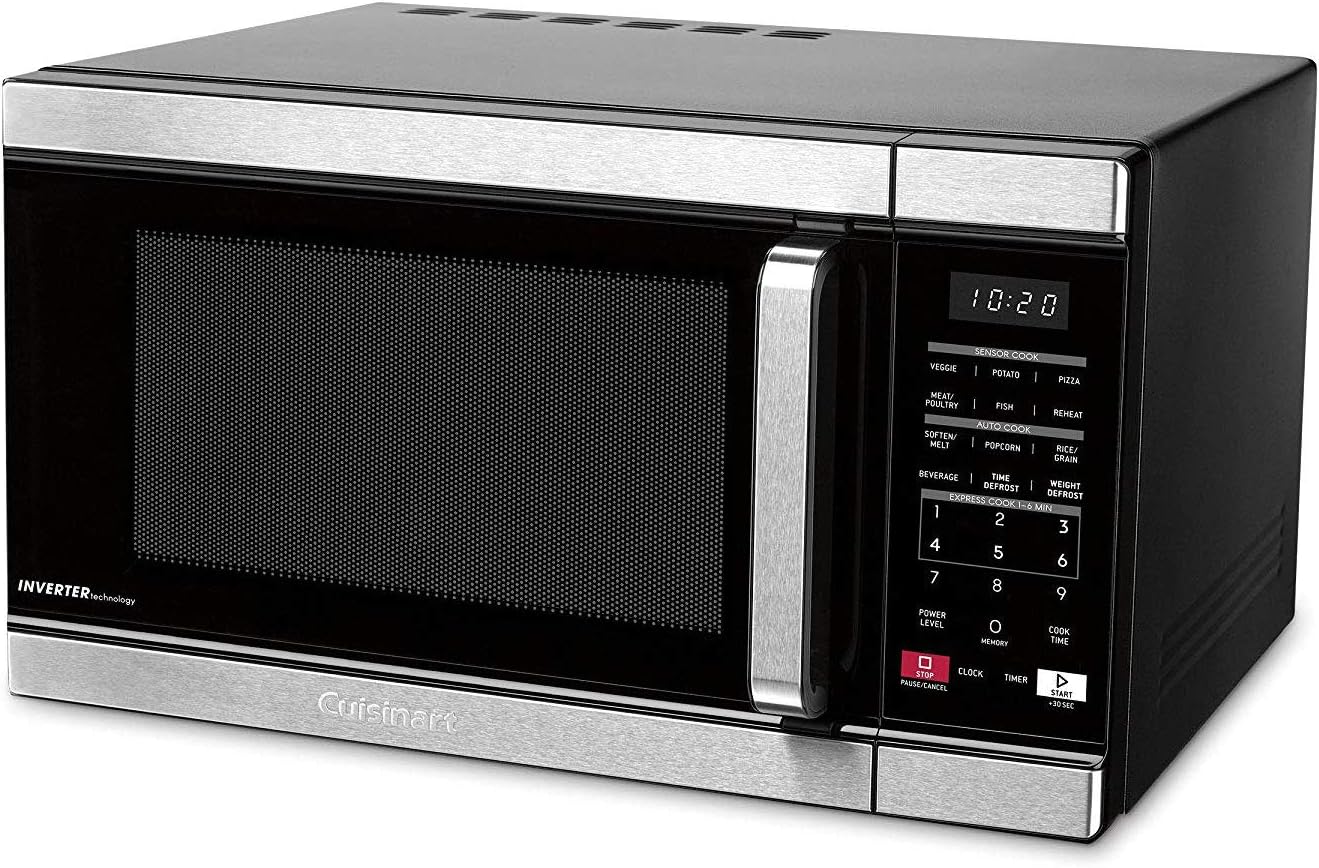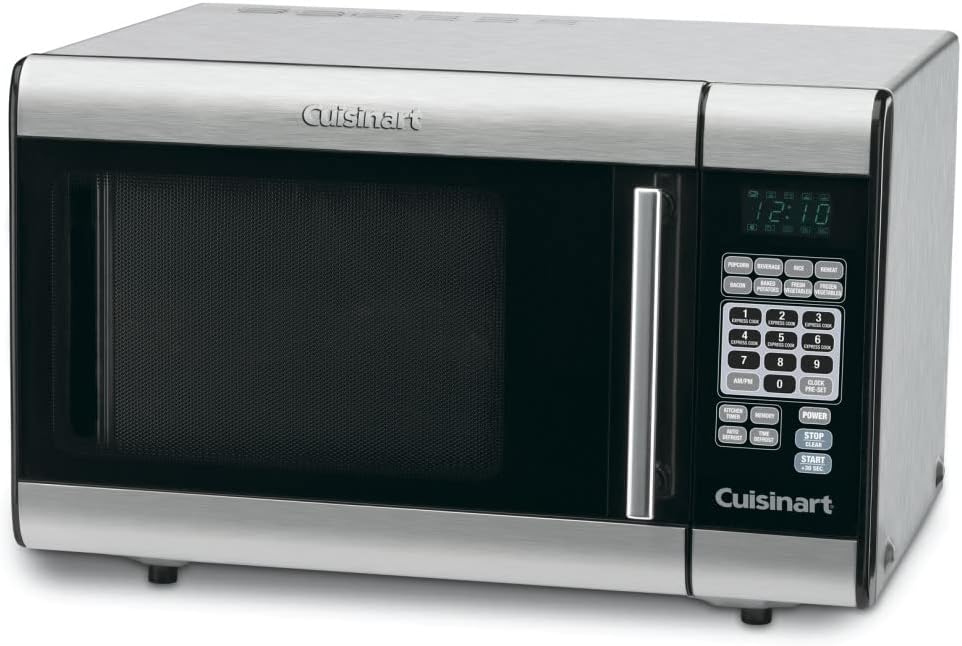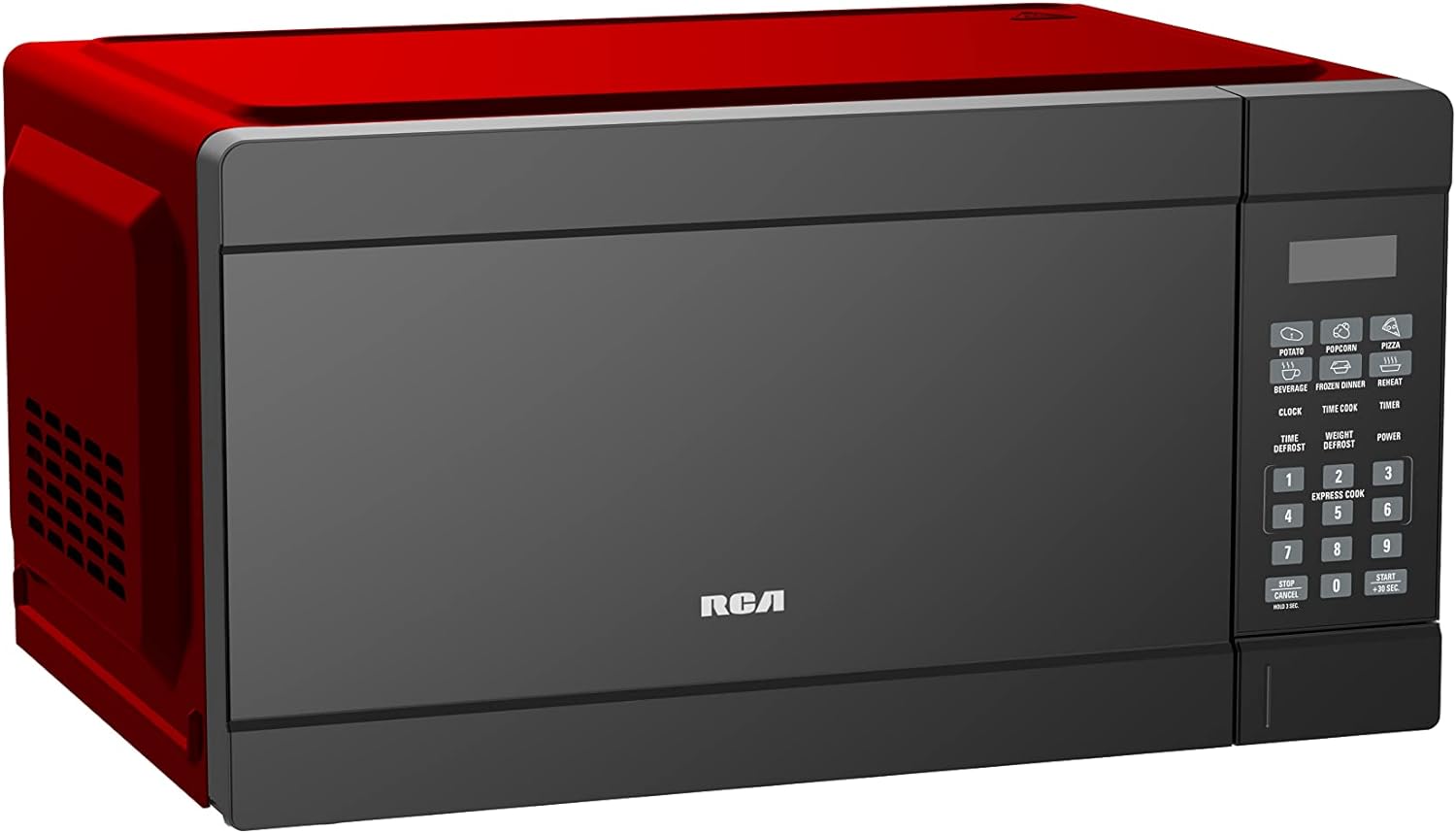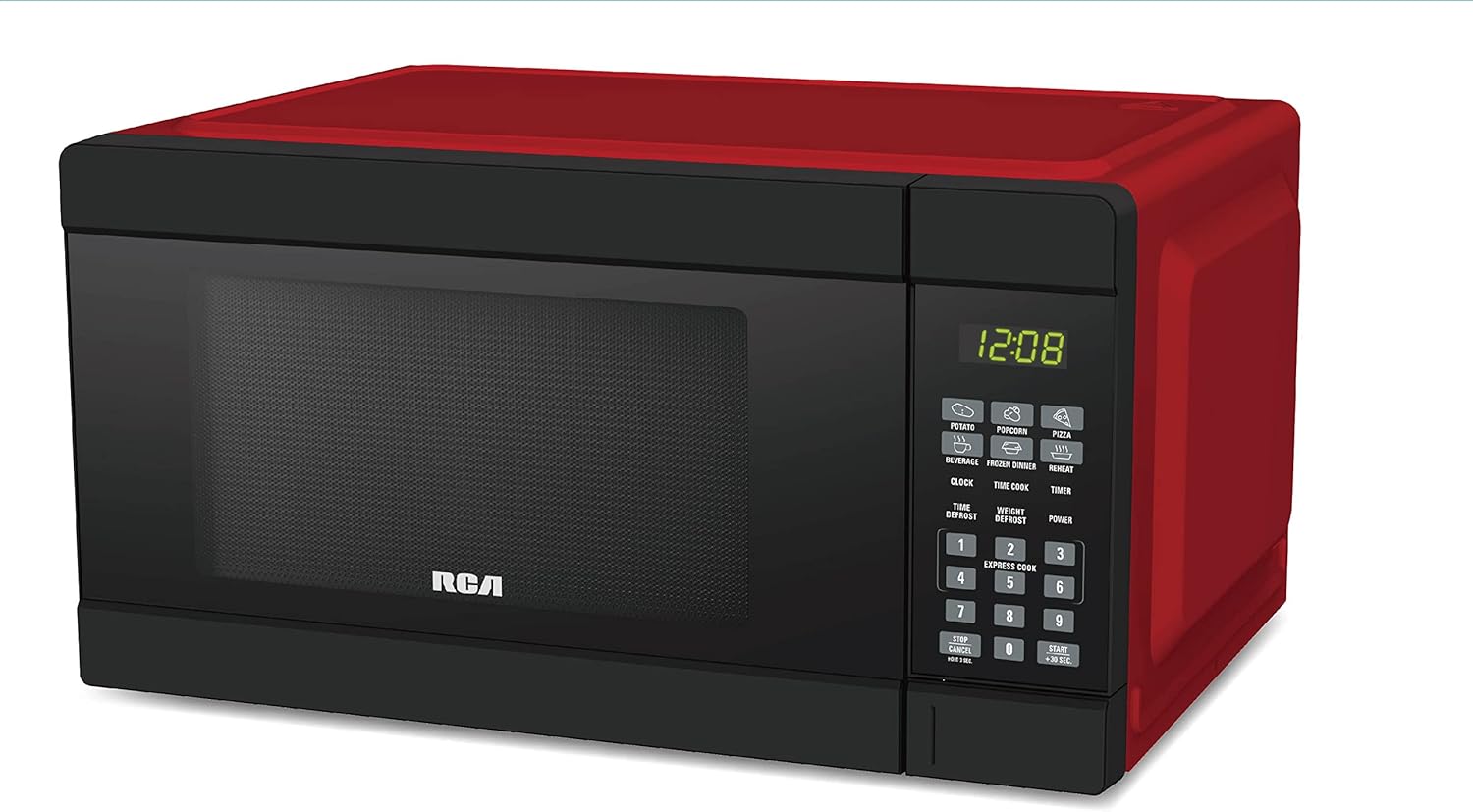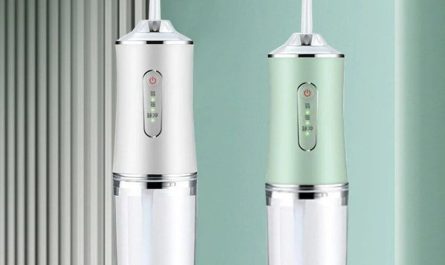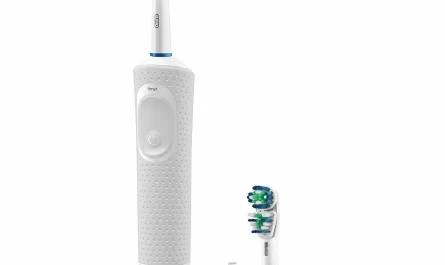Introduction:
Microwave ovens have become a common appliance in modern kitchens, offering convenience and efficiency in cooking. However, like any technology, they come with advantages and disadvantages. In this article, we will explore the advantages and disadvantages of microwave ovens. We will discuss their time-saving capabilities, energy efficiency, versatility in cooking, as well as potential health concerns, limitations in certain cooking methods, and the impact on food texture and flavor. Understanding the pros and cons of microwave ovens will help you make an informed decision about their use in your kitchen.
Facts for Fast Heating: Microwave
Advantages of Microwave Ovens:
Microwave ovens offer several advantages that make them popular among households:
a. Time-Saving: One of the key advantages of microwave ovens is their ability to cook food quickly. Microwave cooking is typically faster than traditional methods such as stovetop or oven cooking. This time-saving feature is especially beneficial for busy individuals or families with limited cooking time.
b. Energy Efficiency: Microwave ovens are generally more energy-efficient than conventional ovens. They use electromagnetic waves to directly heat the food, which reduces cooking time and minimizes wasted energy. This can result in lower energy consumption and reduced utility bills.
c. Versatility: Microwave ovens are versatile appliances that can be used for various cooking tasks. They can defrost frozen food, reheat leftovers, cook vegetables, pasta, rice, and even bake certain dishes. With the right accessories and settings, microwaves offer a wide range of cooking options.
d. Even Heating: Microwaves are designed to provide even heat distribution throughout the food, resulting in consistent cooking. This eliminates the need for stirring or turning food during the cooking process and helps prevent hot spots or unevenly cooked dishes.
e. Retention of Nutrients: Microwave cooking is known for preserving the nutritional value of food. As microwaves cook food quickly and with minimal amounts of water, they help retain vitamins, minerals, and other nutrients that may be lost in traditional cooking methods.
Disadvantages of Microwave Ovens:
While microwave ovens have numerous advantages, they also come with a few disadvantages that should be considered:
a. Potential Health Concerns: There are concerns about potential health risks associated with microwave ovens. Some studies suggest that microwaves can cause nutrient loss in certain foods, as well as create chemical changes that may have negative health effects. However, more research is needed to fully understand the long-term impact on human health.
b. Limitations in Cooking Methods: Microwave ovens are not suitable for all cooking methods. They are primarily used for heating, reheating, and quick cooking. Techniques such as browning, crisping, or achieving a specific texture are challenging to achieve in microwaves. This limitation may restrict certain cooking styles or recipes.
c. Impact on Food Texture and Flavor: Microwaves can affect the texture and flavor of some foods. For example, microwaved bread or pastries may become soggy or lose their crispness. Additionally, microwaving certain proteins, such as steak or chicken, may result in a rubbery texture. It is important to consider these potential changes when deciding on microwave cooking.
d. Uneven Heating: While microwaves generally provide even heating, certain foods or containers may heat unevenly. This can result in inconsistent cooking and the need for additional monitoring or adjustments during the cooking process.
e. Inability to Use Certain Materials: Microwaves cannot be used with all types of containers or materials. Metal objects should not be used, as they can cause sparks or damage the appliance. Some plastics may melt or release harmful chemicals when exposed to high temperatures. Using microwave-safe containers and following manufacturer guidelines is crucial to ensure safety and prevent damage.
Safety Considerations:
When using microwave ovens, it is important to follow safety guidelines to ensure proper usage and minimize potential risks:
a. Container Safety: Use microwave-safe containers made of glass, ceramic, or microwave-safe plastics. Avoid using metal containers or those with metallic trim, as they can cause sparks and damage the microwave.
b. Heating Liquids: When heating liquids, such as soups or beverages, use microwave-safe containers with a lid or cover to prevent excessive heating and the risk of boiling over.
c. Steam Venting: Be cautious when removing covers or plastic wrap from microwaved food, as steam can cause burns. Open containers away from your face and body.
d. Hot Surfaces: Take care when handling hot containers or dishes from the microwave. Use oven mitts or heat-resistant gloves to avoid burns.
e. Child Safety: If you have young children, ensure that the microwave is childproofed and teach them about its potential dangers.
Health Impact of Microwave Cooking:
One of the concerns associated with microwave ovens is their potential impact on food nutrients and overall health. While microwave cooking is generally considered safe, some studies suggest that it may cause nutrient loss in certain foods. Heat-sensitive vitamins like vitamin C and B vitamins can degrade when exposed to high temperatures.
However, it’s important to note that the impact on nutrient loss can vary depending on factors such as cooking time, power level, and the type of food being cooked. To mitigate nutrient loss, it is recommended to use minimal amounts of water and cook food for shorter durations. Additionally, incorporating a variety of cooking methods in your meal preparation can help maintain a balanced nutrient profile.
Regarding potential health risks, there have been claims that microwaves can produce harmful by-products or alter the chemical composition of food. These claims are based on the generation of electromagnetic radiation by microwaves. However, microwave ovens are designed with safety features and shielding that prevent harmful radiation leakage. As long as the microwave is well-maintained and used according to the manufacturer’s instructions, there is no evidence to suggest significant health risks associated with microwave cooking.
Conclusion:
Microwave ovens offer numerous advantages for modern kitchens, including time-saving capabilities, energy efficiency, versatility in cooking, and even heat distribution. They are convenient appliances that have become a staple in many households. However, it is important to consider the potential disadvantages of microwave ovens, such as health concerns, limitations in certain cooking methods, and the impact on food texture and flavor. By understanding both the pros and cons, you can make informed decisions about whether to use microwave ovens and how to best incorporate them into your cooking routine. Following safety guidelines and using microwave-safe containers are crucial to ensure safe and efficient usage.

